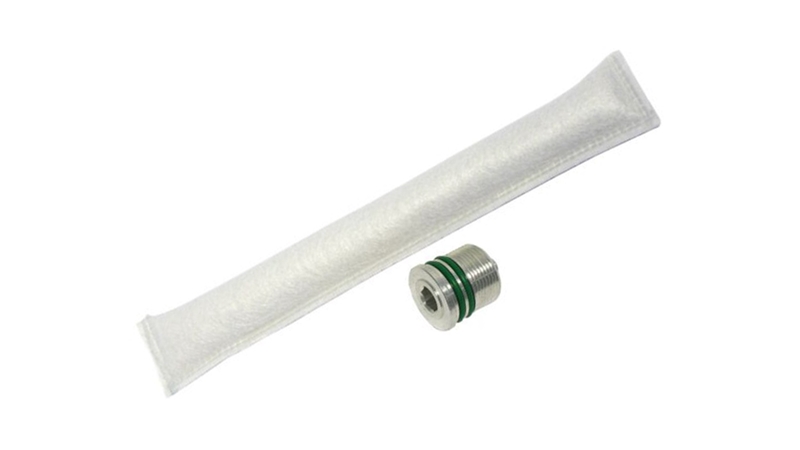I've seen where it was said that over time, and from vibration, that the desiccant breaks down and can pass through the filter sock it is inside and contaminating the system and possibly clogging orifices. (But that would seem more like a mileage based thing instead of the time based period that Tesla, and other OEMs have given it.)
With that said, keep in mind that the heat pump in a Tesla is also used to heat or cool the battery while fast charging, for Cabin Overheat Protection, and when Camp/Dog/Keep Modes are in use.
I drive about an hour per day, but I spend about 1.5 hours charging at free-to-me locations during which time the heat pump is running to keep the cabin comfortable. So, in my case, my heat pump spends more time operating when the vehicle is NOT being driven than when it IS being driven.
If a person uses Camp Mode overnight once per week in their Tesla, they are probably also using the heat pump more while parked than while driving.
Tesla's time-based recommendations for desiccant replacement could be "worst-case scenarios" with the assumption that a person will spend a lot of time using the heat pump while parked and/or it could be that the desiccant tends to break down more with time than with use or in addition to use.
If Tesla said to replace the desiccant every 50,000 miles instead of 4 years, that won't account for variable uses such as owners who never use their climate control when they're not driving compared to those who live in their Teslas (extreme example, but
there are people who do it), either.
Speaking of that example linked above, I suspect his Tesla heat pump sees
extreme duty - possibly as much as 24 hours a day. If the desiccant breaks down with
use, he should probably be replacing it every 3-6 months!
And, that leads to another question... If a person lives in their Tesla and uses the climate control 24 hours per day and the desiccant broke down and ruined expansion valves and the compressor and the Supermanifold within the 4/50 warranty period, will Tesla cover the damage? I mean - I don't believe their warranty specifies limits on how much time you can spend using Camp Mode.




